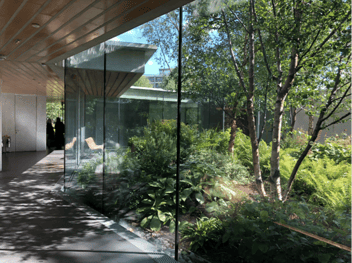Designing for the Care Economy
If the pandemic has taught us anything, it’s how important care is within our society.
Houses in Victoria, and Australia more broadly, are increasingly being mass-produced with limited reflection on building for community and care.
In 2020 and early 2021, we saw the fast-paced, national HomeBuilder grant come and go. This encouraged fast-paced decisions and lent itself to volume builders, who traditionally offer housing types that embody the traditional family home with little room for reconfiguration or consideration for the care economy.
So, how can we start to think about our homes with care and community in mind?
Firstly, it’s important to understand what our homes say about the way we live. The traditional ‘nuclear family home’ embodies the ‘Great Australian Dream’ however suggests ideas of solitude rather than community and shared care.
Shared care could look like many different things for different people, for example, a shared kitchen may mean that cooking dinner becomes a joint responsibility between people and households or shared courtyards with passive surveillance could mean a feeling of safety and protection.
Designing for communal living not only enhances the potential for shared care, but it’s another way we can look to densify our suburbs with positive social consequences.
Is it time to revamp our domestic typologies to support urban communal lifestyles?






